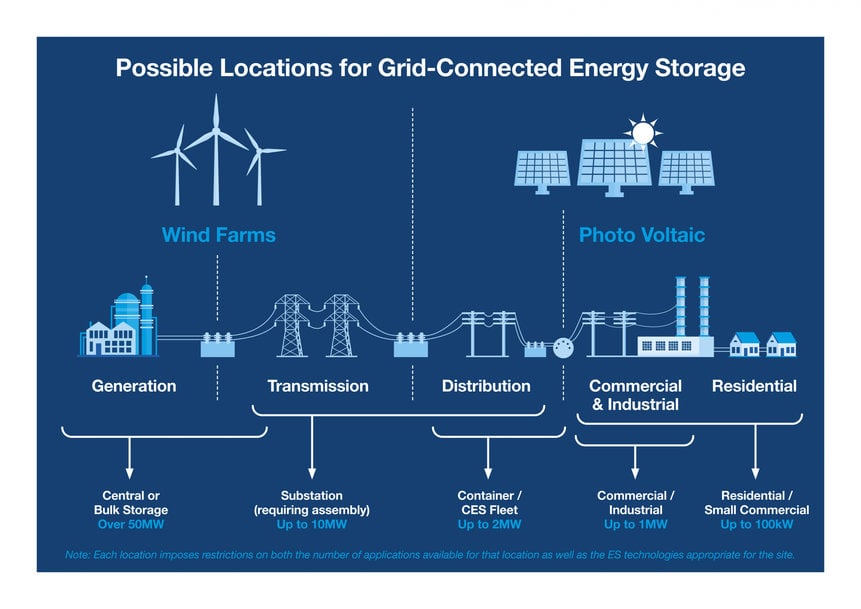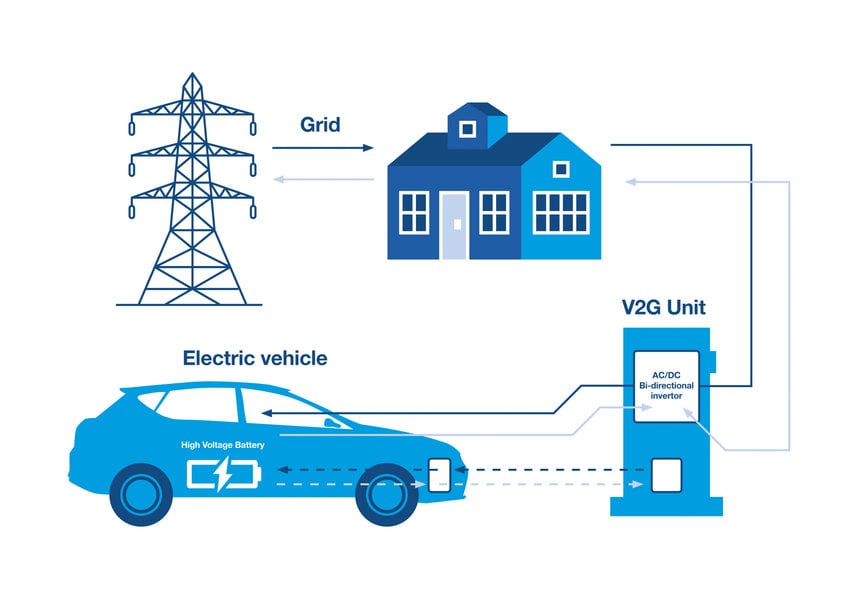electronics-journal.com
27
'21
Written on Modified on
ESS and Battery Management – Power for a Rainy or Windless Day
Although clean and sustainable, renewable energy sources such as wind and solar are inconsistent and unpredictable.

To capture the environmental benefits while at the same time enjoying ample power on demand, we need practical solutions that can overcome these disadvantages.
Current Energy Storage Practices
Energy storage is an established aspect of grid management, needed to balance demand and supply. Coal and gas-fired turbines can generate electricity continuously but cannot follow rapid demand fluctuations. Excess generating capacity and energy storage are both needed to help operators supply such peaks. A large proportion of the world’s existing energy storage systems are hydro-based, typically using energy generated during low demand to pump water into a high reservoir for releasing through turbines during short-term peaks.
Renewables Need More Storage
Conversely, with renewable sources, storage is needed to balance the grid at times of reduced supply. Something that can happen at any time, and for an indeterminate duration. As power generation increasingly transitions away from centralised coal and gas power stations towards distributed wind and solar generators, a different approach to storage is needed to maintain stability. Battery-based energy-storage systems (ESS) can offer a solution by quickly and efficiently capturing excess energy that can be returned instantly to the grid any time it is needed.
There is a broad potential market for ESS, ranging from large utility-grade systems designed to provide bulk storage for stabilising the grid, to smaller systems for business premises and domestic use. IHS Markit has forecast global grid-connected energy storage to rise to over 15GW by 2025, increasing more than five-fold compared to 2019.
The backup provided by utility-grade ESS has an essential role in the living, breathing grid that can respond quickly and dynamically to the somewhat opportunistic energy supply and continuously changing consumer demand. It will require large quantities of battery storage to be distributed throughout the grid, typically collocated with renewable generators.

Premises-based systems, often termed “behind the meter”, can be teamed with a local microgenerator such as a rooftop PV array thereby allowing owners to become individual utilities by generating and storing energy for themselves. Various battery chemistries can be used here, including lead-acid, which is affordable and requires relatively little maintenance. A residential system may be AC coupled, having an individual inverter to power local loads or connect to the grid, or alternatively be DC coupled to the bus of a solar microgenerator.
Utilisation and Safety
Cell balancing and battery management will be vital to ensure safety and maximise the usable storage capacity. A battery-monitor IC such as the Analog Devices LTC6810 can monitor up to six cells, and multiple devices can be connected in series to handle large batteries. Designed with ISO 26262 automotive safety requirements in mind, it provides passive cell balancing and allows long-range communication with high noise immunity. The Maxim Integrated MAX17823B High Voltage Data Acquisition System has internal switches for cell balancing, built-in diagnostics for ASIL-D and FMEA requirements. It allows daisy-chaining of up to 32 devices to monitor up to 384 cells.
Backup Sources for ESS
It is recognised that used batteries from electric vehicles (EVs) are well suited to bulk energy-storage applications. These are typically deemed unsuitable for EVs after declining to about 80% of their stated capacity. The 20% reduction presents no range-anxiety issues when used in an ESS, and the prospect of reusing the battery is attractive. On the other hand, repurposing the batteries incurs a cost, and ESS containing new batteries can be more space-efficient.
Additionally, owners of EVs could find that the existing storage on-board their vehicles has a useful role in helping to balance the grid. At any time of day or night, a large number of EVs are likely to be plugged in; they could be at varying points in their charging cycle. Their capacity could be used as an additional backup, either to supply the grid directly or to meet demand from within the owner’s premises. Different energy storage types, such as the large UPSs used by large companies to provide enterprise backup power, could also be harnessed to assist with grid stabilisation, in exchange for payment.
Summary
Only when combined with suitable energy storage, can renewable sources deliver reliable and dependable power, where it is needed, and when. Energy storage is already an established resource, widely used to balance energy supply and demand. With an increasing proportion of the energy supply now coming from renewable sources, there is a requirement for more storage, and faster-acting storage. Any connected battery, on the utility side and behind the meter, can be considered as a potential source of backup power, enabling owners of assets such as EVs and UPSs to take a role in making the green grid happen.
www.eu.mouser.com

